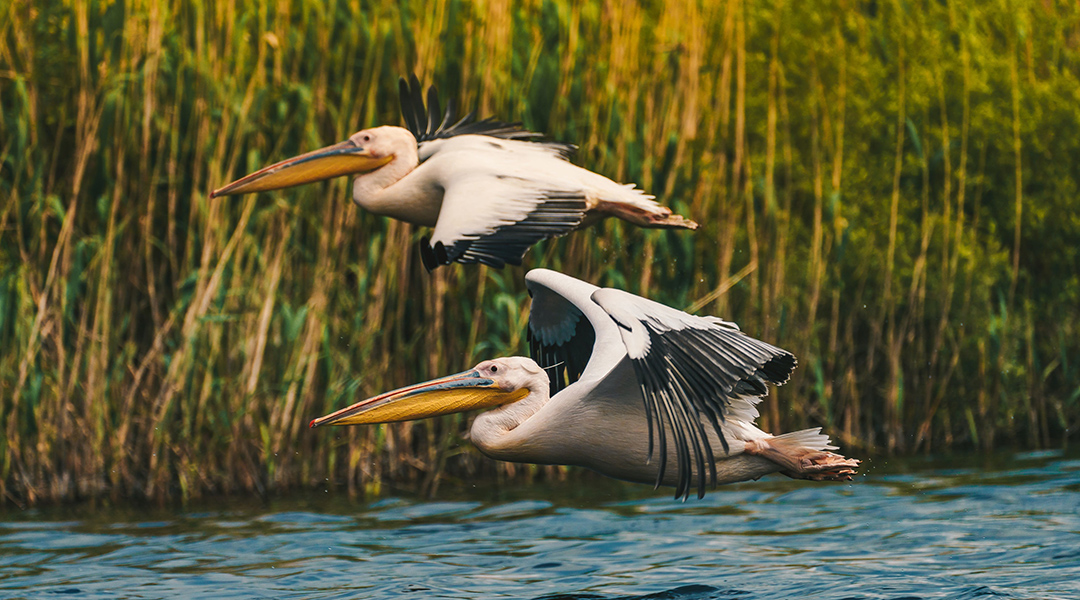What lessons can a threatened mountain lion population living within the bounds of Los Angeles teach about the future of conservation?


What lessons can a threatened mountain lion population living within the bounds of Los Angeles teach about the future of conservation?

A numerical model helps scientists understand how particularities of different terrains affect the trajectory and behavior of dung beetles.

The colorful markings on birds’ wings act as signals to help them avoid perilously crashing into one another when flying in large groups.

A natural orbital hood found in snapping shrimp deflects energy from shock waves they produce to kill prey and fight for territory.

The reopening of the Venus flytrap may not always be smooth, and new research challenges our previous assumptions about its mechanics.

Scientists reveal the highly sensitive nature of seal whiskers, which enable them to hunt effectively even in poor visual conditions.

Low levels of socialization are sufficient in maintaining typical behavior and brain development in bumblebees.

Scientists uncover how one small protein juggles multiple roles in shaping the bloodworm’s fang-like copper teeth.

With increasing heatwaves, wild animals’ ability to process and respond to environmental information may become compromised.